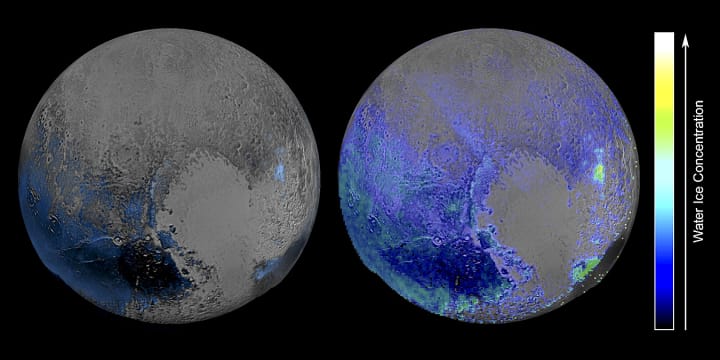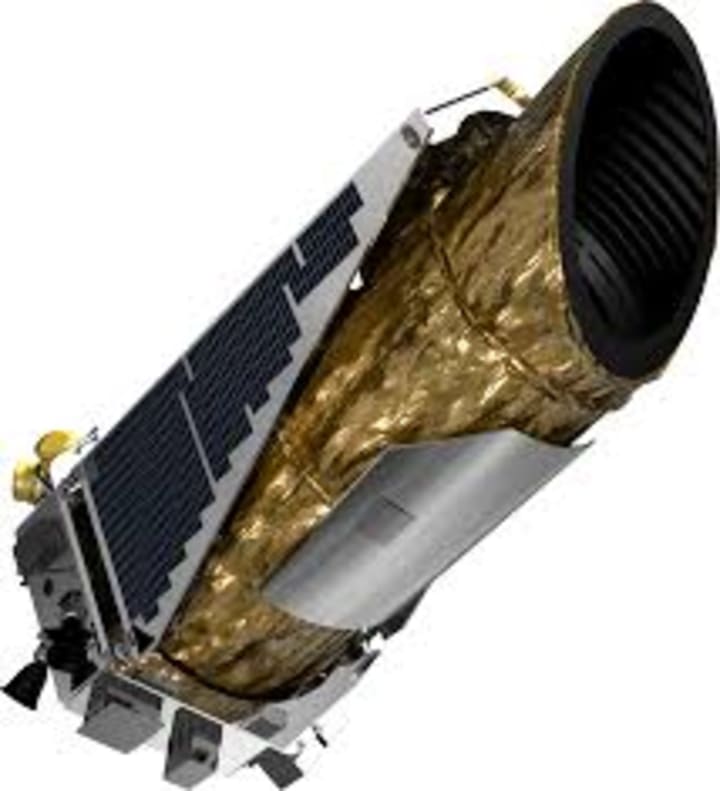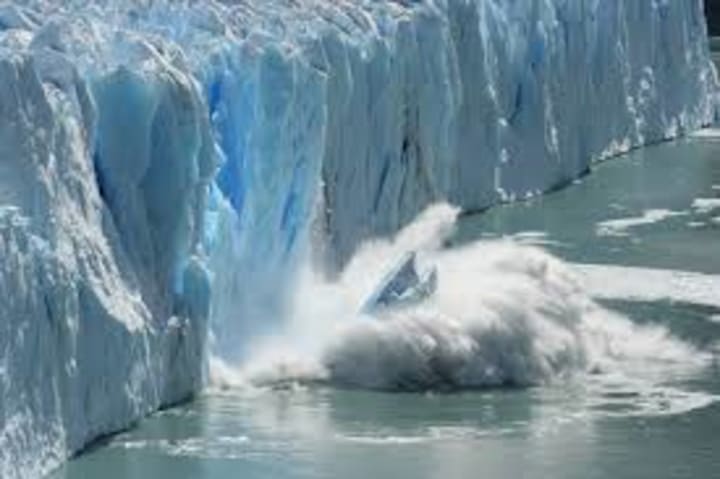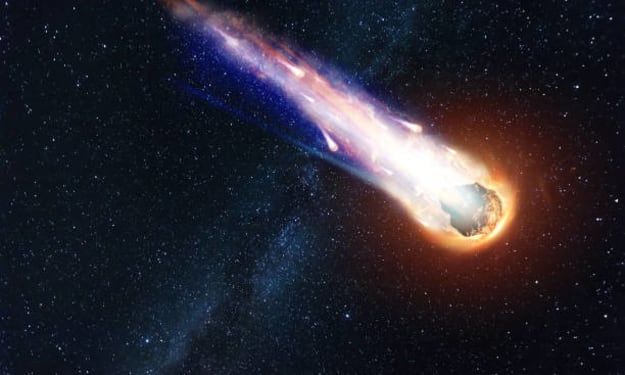The 2010s Were a Waste for Scientific Discovery—Or Were They?
Five Discoveries That Weren't Supposed to Happen

The last decade was undeniably one of the richest periods of scientific discovery ever. Researchers across all disciplines tested hypotheses, found proofs, and visited places that have made us rethink our understanding of not only our own planet but of the entire universe. It was the decade when we finally began to understand one of the greatest challenges humankind has ever faced, and we've learned far more than ever before about some of the most destructive objects in existence. Let's take a look at five of the most amazing scientific discoveries of the 2010s.
5. Pluto: Beyond the Boring Rock.

Despite being unceremoniously downgraded from a fully-fledged planet in 2006, that year also saw the launch of the New Horizons spacecraft destined to travel to the farthest reaches of our solar system to study the dwarf planet. It finally reached its destination in July 2015, and the images and data that were sent back were astonishing. Far from being the boring frozen rock that some had expected, it was found to have moving glaciers, floating ice mountains, and a huge frozen sea made of solid nitrogen. The ice is constantly moving, albeit at slow rates, because it is warmed by the pressure above it, which in turn causes it to rise. The constant replenishment of the top layer of ice creates surface structures that no one had expected, providing new insights into what happens on the mysterious dwarf planets at the edge of our solar system.
4. The Higgs Boson: Unlocking the Universe's Secrets

It took the construction of the world's largest machine at a cost of just under five billion dollars, but in 2012 it was finally announced that the mysterious Higgs Boson, also known as the God Particle, had been discovered at the Large Hadron Collider in CERN, Switzerland. The particle had first been theorized in 1964 and is one of the most influential pieces of the subatomic world. The reason it's so important is that the Standard Model of Physics, which includes familiar particles like electrons and protons and other subatomic entities like muons and quarks, doesn't actually explain why objects have mass. The answer lies with the elusive Higgs Boson particle, which exists in the Higgs field and, through its interaction with other particles, is the reason why mass exists. Its discovery was the confirmation of the last unknown part of the Standard Model of Physics, and now researchers are able to repurpose the LHC to begin investigating even stranger phenomena.
3. Kepler's Planetary Census: A New View of the Universe

For thousands of years, humans have looked to the skies wondering what’s up there. As astronomical devices were invented, we learned that countless stars existed throughout the universe and that there are other planets in our own solar system. However, it was impossible to learn how common it is for planets to orbit stars. This all changed in 2009 with the launch of the first Kepler probe, used to study distant stars and measure the amount of light they emit. Fluctuations in their brightness can determine whether any objects are orbiting them, and the results have been unbelievable. By the end of the last decade, more than 4,055 exoplanets had been discovered, including a few that are potentially habitable. This number is only expected to increase as we enter a new decade. The more we look, the more common our own solar system seems to be, and one can only imagine what else is out there to be found.
2. Climate Change: The Growing Crisis

Throughout Earth's history, the climate has changed drastically. There have been periods of extreme heat and extreme cold, and there’s no doubt that things are noticeably changing again during our lifetimes. What’s different this time, though, is that the changes are largely due to human behavior, something that became clearer than ever in the last decade. We've begun to understand the extent of how it's affecting the planet.
“In 2012, 400 billion tons of ice were lost from Greenland, and more than 252 billion tons of ice have been lost from Antarctica every year throughout the decade. This is an increase of almost six times the amount being lost just thirty years earlier. At the current rate, the world's sea levels are expected to rise by 3 feet by the year 2100, directly affecting the homes and lives of at least 630 million people.”
The consequences are far-reaching, with human activity endangering 40% of all amphibian species, more than 33% of marine mammals, and 10% of insect species. While the last decade revealed the extent of the problem, let’s hope the next decade brings solutions.
1. Black Holes: The Universe’s Dark Mysteries

Black holes have long been some of the most mysterious objects in the universe. Thanks to researchers dedicating their efforts to studying these phenomena, we've uncovered far more about them, and they are much more interesting than you may think. Black holes are typically formed by large stars at the end of their lives, when all the material collapses in on itself to create an unbelievably dense structure. Because of their intense gravity, some very unusual things happen. In 2016, two black holes were detected colliding into one another, confirming Einstein’s 1916 prediction of ripples in space-time known as gravitational waves.
This amazing discovery wasn’t the biggest black hole revelation of the last decade, however. A team working with the Event Horizon Telescope managed to capture the first-ever image of a singularity: a massive black hole at the center of the Messier 87 galaxy, about 54 million light-years away. Its mass is equivalent to 6.5 billion of our suns.”
Black holes like these are thought to be at the center of every galaxy, and their gravitational pulls are the reason why so many billions of stars orbit them in such large structures.
The 2010s were an incredible time for scientific discoveries, teaching us so much about the world and universe around us. I, for one, can't wait to see what happens next.
About the Creator
Mojalefa Mokoena
Discover the world through the eyes of Mojalefa Mokoena, a passionate storyteller from the heart of South Africa. Mojalefa's narratives blend cultural richness with contemporary insights, offering a unique perspective on global themes
Enjoyed the story? Support the Creator.
Subscribe for free to receive all their stories in your feed. You could also pledge your support or give them a one-off tip, letting them know you appreciate their work.






Comments (1)
Cool article